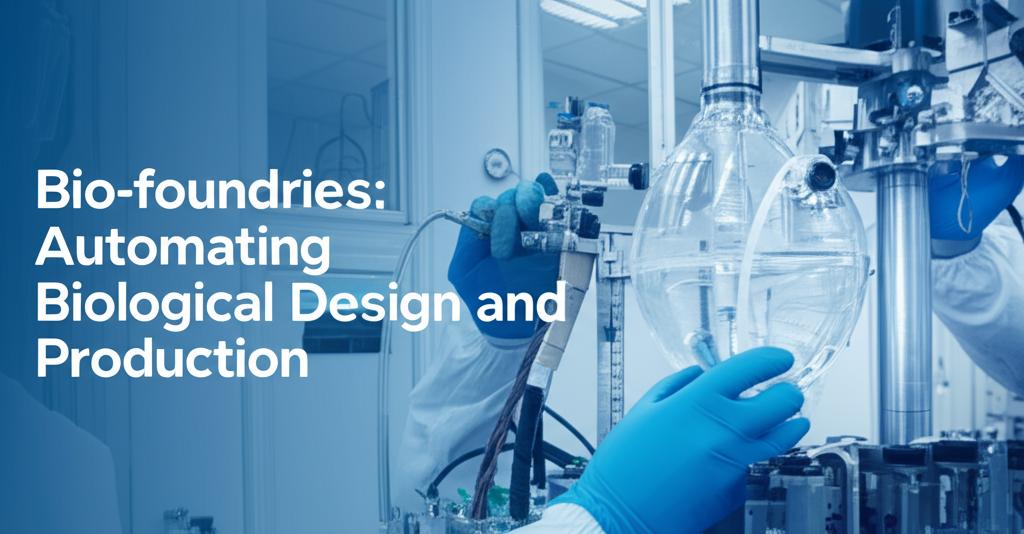Automating Biological Design and Production
Bio-foundries are rapidly transforming the landscape of biotechnology by applying automation, high-throughput screening, and data integration to the design, construction, and testing of biological systems. These facilities are essentially factories for engineering biology, enabling researchers and companies to develop new bio-based products and processes with unprecedented speed and scale.
At the core of a bio-foundry is the integration of robotics, software, and molecular biology techniques. This allows for the standardization and automation of workflows that were traditionally manual, time-consuming, and prone to variability. Key processes such as DNA synthesis and assembly, microbial strain engineering, protein expression and purification, and metabolic pathway optimization are now routinely automated. This not only increases efficiency but also allows for the generation of vast datasets that can be used to refine future designs.
The "Design-Build-Test-Learn" (DBTL) cycle is central to the bio-foundry concept. In the design phase, computational tools and artificial intelligence algorithms are used to model and simulate biological systems, predicting the performance of different genetic designs. The build phase involves the automated construction of these designs, often using robotic liquid handling systems to assemble DNA parts and introduce them into host organisms. In the test phase, high-throughput screening platforms rapidly assess the performance of the engineered organisms or biomolecules. Finally, the data generated from these tests are fed back into the design phase, creating a powerful iterative cycle of learning and optimization. This data-driven approach accelerates the discovery and development of novel biological solutions.
The applications of bio-foundries are diverse and expanding. They are playing a crucial role in the development of new pharmaceuticals, biofuels, biomaterials, and sustainable agricultural products. For instance, bio-foundries can accelerate the creation of microbial cell factories capable of producing valuable chemicals from renewable feedstocks, contributing to a more sustainable bioeconomy. In medicine, they are being used to engineer cells for therapeutic purposes and to discover new antibiotics and other drugs.
Despite the significant advancements, challenges remain. The upfront cost of establishing and maintaining a bio-foundry can be substantial. Standardization of biological parts and processes is an ongoing effort, crucial for ensuring reproducibility and interoperability between different foundries. Furthermore, managing and interpreting the massive datasets generated by these facilities requires sophisticated bioinformatics capabilities and data management strategies. Ethical and societal considerations surrounding synthetic biology and genetic engineering also need careful consideration as the technology becomes more powerful and accessible.
Looking ahead, the continued development of artificial intelligence and machine learning will further enhance the predictive power of design tools within bio-foundries. Increased automation and miniaturization are expected to reduce costs and improve throughput. Collaboration and knowledge sharing between bio-foundries globally will also be vital for accelerating innovation. As these automated platforms become more sophisticated and accessible, they promise to unlock new frontiers in biotechnology, paving the way for a future where the design and production of biological systems are as routine and predictable as in other engineering disciplines.

